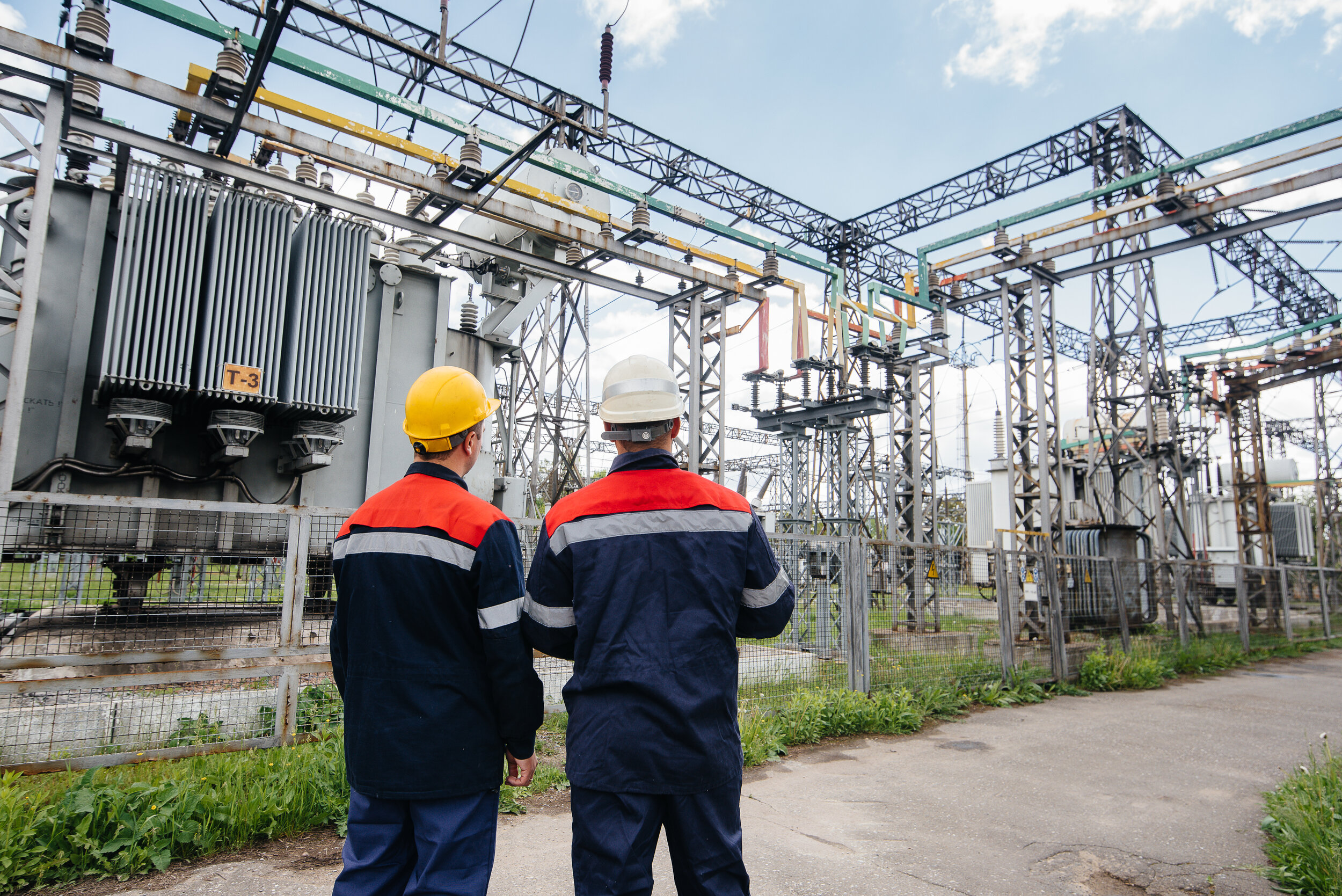
Field Tests and Measurements
Soil Resistivity Tests
The ability of an Earthing System to dissipate fault current into ground is primarily dependent on the properties of the soil in which the earthing system elements are located. Most important property of soil pertinent to earthing system is its Electrical Resistivity expressed as Ohm-meter (Ω-m) or Ohm-cm (Ω-cm). The more the soil resistivity, more complexities in achieving a safe earthing system design. While there are several methods available for in-situ measurements, the industry preferred method of assessing soil resistivity through field tests is the Wenner’s Equally spaced Four-Electrode Method. SPC is specialized in Wenner’s Four-Electrode method of field measurement according to IEEE Std. 81 and IS: 3043 employing Standard Earth Testers. In certain site-specific cases with un-even terrain, we undertake soil resistivity measurements using Unequally Spaced Four-Electrode Method also known as Schlumberger-Palmer Array. In space limited locations however, an Alternate method recommended in IS:3043 has also been adopted by SPC to assess soil resistivity at site.

